It depends on the equipment you want to power and how often you will use it. There are three main classifications of generators: portable, standby and uninterruptible.
Portable Generators
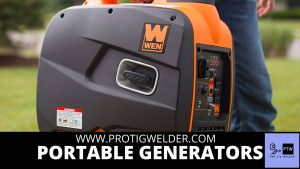
Standby Generators:
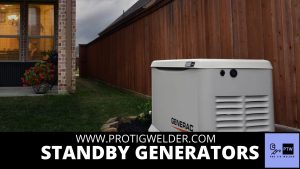
Uninterruptible Power Supply (UPS):
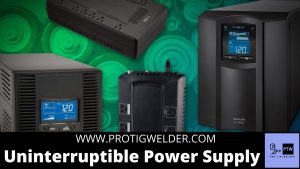
Knowing how much wattage your equipment requires during peak usage will help you decide on the right size generator for your needs. The following guides can show you what to look for when shopping for a generator:
Using a generator for your welder with a couple of tips and tricks can save you a ton of money. This is a step-by-step guide on how to properly use a generator, wiring it up safely and efficiently.
1. The first thing you have to do is figure out how much wattage your welder requires during peak usage. For example, let’s say that your welder draws 1000 watts of power when it is welding at 60 amps.
To calculate what size generator you need, take the number of amps and multiply by 120 volts.
So, in this example, you would need at least a 10 amp generator because:
60 amps x 120 volts = 7200 watts which are above the minimum of 6000 watts (10 amp) required for your welder to run properly and not trip the circuit breaker on the generator. This does not take into account other factors that may affect the generator circuit breaker such as overheating or power spikes.
To put this into perspective, a 5000-watt generator will only give you about 8 minutes of run time while a 10 amp generator will give you up to half an hour of run time at 60 amps.
2. The next step is figuring out what size cord you need. To do this, take the total watts and divide by 240.
You can use an online calculator to figure out how long a cord you need. Make sure to keep a few things in mind when buying a generator and electrical cords: each foot of cable loses about 3.5% of the voltage, the longer the cable the lower the voltage at end of the cord and you can’t increase the wire gauge drastically to compensate for losing too many amps.
Testing your generator once it’s hooked up is very important to make sure everything is working properly. You do not want to find out that it doesn’t work when you need it. Never ever overload a generator or attempt to use one that is not meant to power the equipment you are connecting to it. If this happens, the generator may catch fire and/or explode.
Additionally, make sure your generators do not run out of fuel as it can damage your engine and cause irreparable harm to your generator.
3. Another thing to keep in mind is that generator motors, just like car motors, have a certain number of hours they can run before they give out and have to be replaced. So you want to make sure you don’t use it all up on things other than powering your welder so it will last a long time.
4. When you buy a generator, look for one that has a low rpm (around 3600 RPMs) and an OHV engine. You will also want to make sure it can be started with a 12-volt battery if it doesn’t have a built-in electric starter. This is especially good for portable generators which usually have smaller engines and cannot produce as much power as say a 3150 RPMs and this is where the 12-volt battery comes in handy.
If you don’t already have one, make sure to pick up an extension cord long enough to reach from your generator to your welder or welding workstation. You can also purchase pre-made jumper cables that include alligator clips on both ends which you can then use to plug directly into the battery.
Make sure that everything is wired upright and safely before using your generator with a welder. This defeats the purpose of having them in the first place (safety).
Short Arc Welding Process
The most common fill metals used in TIG welding are aluminum and magnesium. The reason for this is that they don’t react with the tungsten or other components in a TIG welder. More on aluminum and magnesium filler rods.
Short Arc vs DC TIG Electrode Welding
When using a short arc, these are the common electrodes used: pure tungsten, thoriated tungsten and zirconiated tungsten. One of the main differences between DC and short arc welding is that you cannot get the same amount of penetration when using a short arc. This means if it’s necessary to weld thicker material, DC electrodes are best used for TIG welding.
Different Types of TIG Rods
Pure Tungsten – Pure tungsten electrodes are more expensive, but will work on either AC or DC. If you have a machine that is limited to 110 volts, the pure tungsten electrode should be used for welding on aluminum and stainless steel. Thoriated Tungsten – This type of electrode is also referred to as zirconiated. When using this electrode, less heat will be given off than the pure tungsten electrode. The use of this prevents spatter and produces higher arc voltage. Zirconiated Tungsten – This type of electrode is similar to thoriated tungsten electrodes in that they cannot be used for DC welding applications. These electrodes are used primarily on carbon steel and cast iron.
Aluminum – Aluminum is one of the most reactive metals to use with TIG welding, but it is also possible to weld this material successfully. To do so requires using special aluminum electrodes that are designed for low heat input and easy arc starting. This means longer starts so you will have to deal with the wire sticking to the filler rod before it starts to flow. Magnesium – As with aluminum, welding magnesium requires special electrodes. The difference is that these electrodes are fairly expensive and you can’t use them on DC welding machines so you have to limit yourself to AC-only applications when using this type of electrode.
A Word About Tungsten Sharpening
Keeping the tungsten electrodes sharp is an important part of TIG welding. Dull or dirty electrodes will produce inconsistencies in your weld. This can make it difficult to maintain a constant arc gap and it can also cause you to burn through material more quickly than normal. When it comes to sharpening, there are many ways to do it, but the most common is to use a diamond or ceramic tool when sharpening.
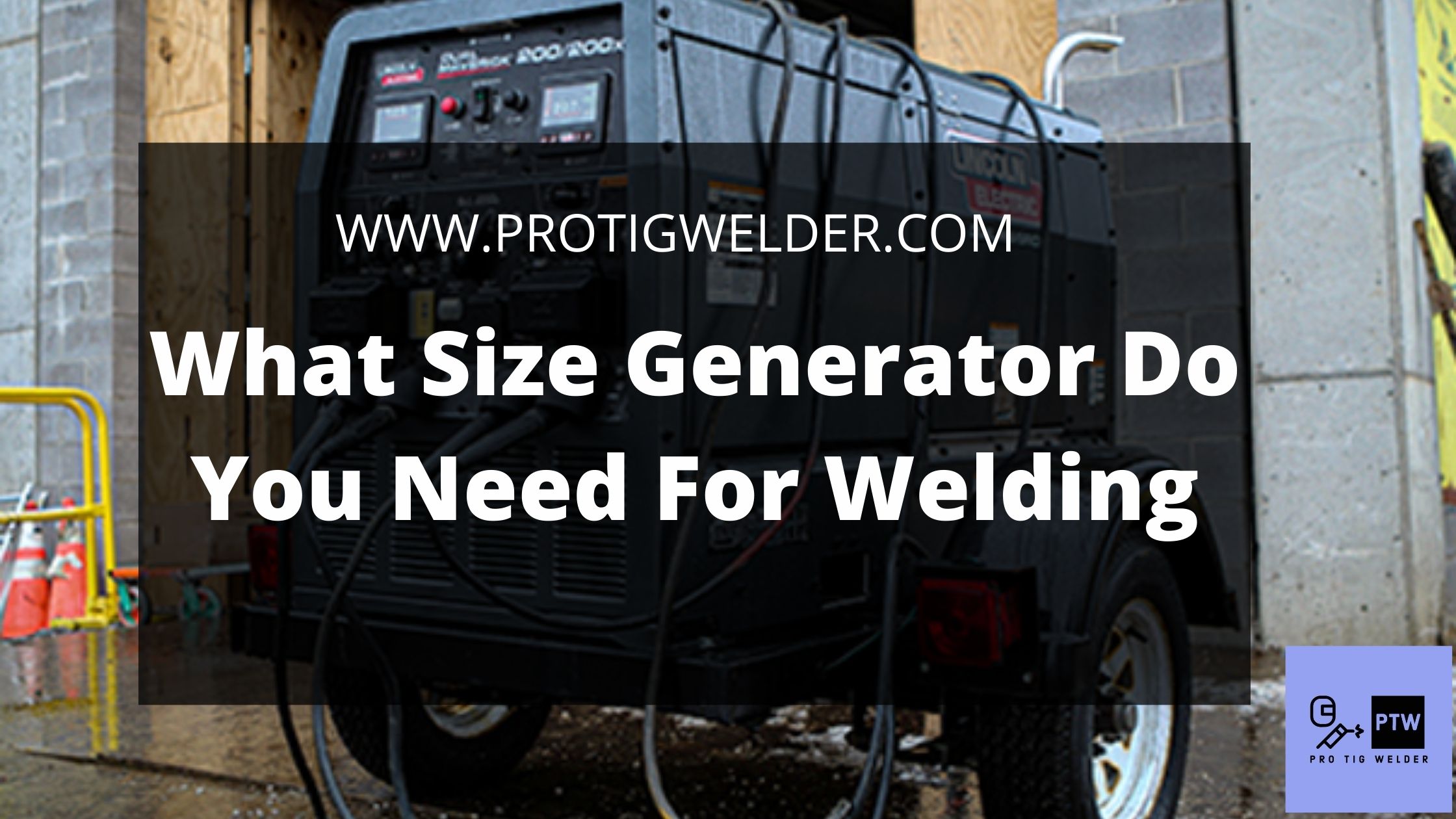
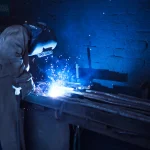
![How TIG Welding works? [Understanding of TIG Welding] How TIG Welding works](https://protigwelder.com/wp-content/uploads/2021/12/How-TIG-Welding-works-1-150x150.jpg)
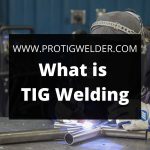
![Difference Between TIG and MIG Welding? | [Update 2022] Difference Between TIG and MIG Welding](https://protigwelder.com/wp-content/uploads/2021/12/Difference-Between-TIG-and-MIG-Welding-1-150x150.jpg)
![What Is Shielded Metal Arc Welding (SMAW) | [Complete Guide] What Is Shielded Metal Arc Welding (SMAW)](https://protigwelder.com/wp-content/uploads/2022/01/What-Is-Shielded-Metal-Arc-Welding-SMAW-150x150.jpg)
![What Is Friction Welding Process? | [Best Guide - PROTIGWELDER] What Is Friction Welding Process](https://protigwelder.com/wp-content/uploads/2022/01/What-Is-Friction-Welding-Process-150x150.jpg)
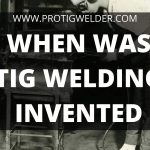
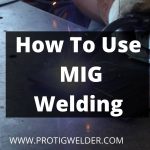
![What is MIG and TIG Welding | Best Guide 2022 [PTW] what is mig and tig welding (1)](https://protigwelder.com/wp-content/uploads/2022/01/what-is-mig-and-tig-welding-1-150x150.jpg)
![What is Spot welding? And How Does It works? [PROTIGWELDER] what is spot welding](https://protigwelder.com/wp-content/uploads/2022/01/what-is-spot-welding-1-150x150.jpg)